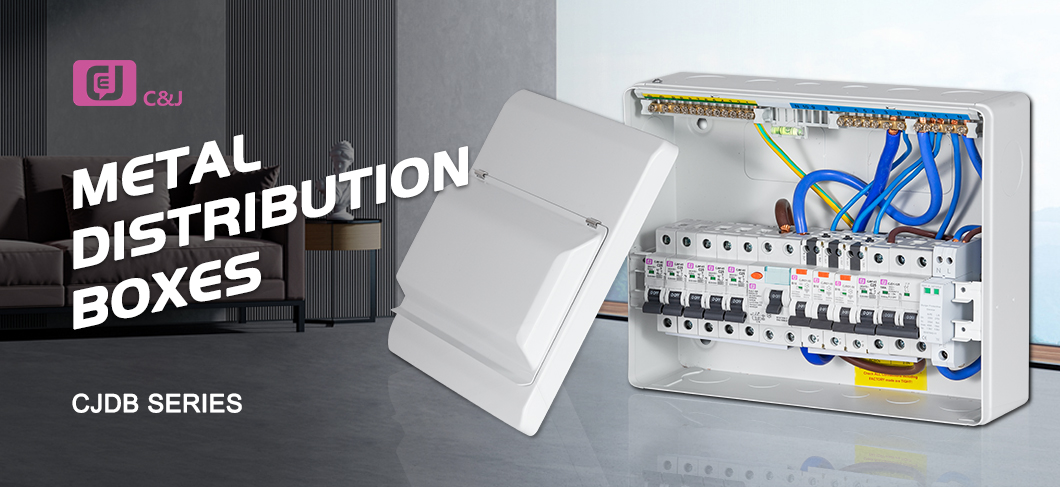What is a consumer unit?
What is a consumer unit? Otherwise known as the fuse box, a consumer unit plays a vital role in your property, responsible for controlling the electrical supply of your home.
Understanding the Consumer Unit: A Key Component of the Electrical System
The term “chest of drawers” is often mentioned in the world of electrical systems, but many people may not fully understand its meaning and function. A chest of drawers, also known as a switchboard or fuse box, is a critical component in residential and commercial electrical installations. It serves as the central hub for power management and distribution throughout a building, ensuring safe and efficient use of electricity.
The core design of a power distribution unit (PDU) is to protect the electrical circuits within a building. It features built-in circuit breakers or fuses as safety devices, preventing overloads and short circuits that could cause electrical fires or damage equipment. In the event of a fault, the PDU automatically shuts off power, playing a vital role in safeguarding life and property.
One of the primary functions of a power distribution unit (PDU) is to distribute utility power to individual circuits within a building. Each circuit is dedicated to a specific area or device, such as lighting, heating, or electrical outlets. This segmentation not only improves safety but also allows for better management of power loads. For example, if a circuit is overloaded, only that circuit will trip, while the remaining circuits will continue to operate normally.
Modern power distribution systems represent significant improvements over traditional ones. The introduction of residual current devices (RCDs) revolutionized electrical safety. RCDs are designed to detect current imbalances that could indicate a fault, such as an accidental electric shock. Once detected, RCDs rapidly disconnect the power supply, significantly reducing the risk of electric shock. Consequently, many building regulations now require the installation of RCDs in power distribution systems, particularly in high-risk areas such as bathrooms and kitchens.
Another important aspect of a PDU is its compliance with electrical standards and regulations. In many countries, electrical installations must adhere to specific specifications to ensure safety and reliability. PDUs must be installed by qualified electricians who are familiar with these regulations and ensure their configuration meets the building’s electrical needs. Regular inspection and maintenance of the PDU is also crucial to ensure continued safe operation.
When considering installing or upgrading a power distribution unit (PDU), several factors should be considered. The unit size should match the home’s electrical load requirements. Larger homes with multiple appliances may require a more robust PDU with multiple circuits, while smaller homes may only require a basic unit. Furthermore, the PDU’s location is crucial; it should be easily accessible for maintenance and emergency shutdown.
Ultimately, the PDU is an integral component of any electrical system, ensuring safe, efficient, and controlled power distribution. Understanding its function and importance can help homeowners and property managers make informed decisions regarding their electrical equipment. As technology continues to advance, PDUs are expected to see further innovations, enhancing their role in promoting electrical safety and efficiency in everyday life. Whether you’re building a new home or upgrading an existing electrical system, ensuring your PDU is up-to-date and compliant with current standards is crucial for the safety and health of all occupants.
Post time: Oct-10-2025


